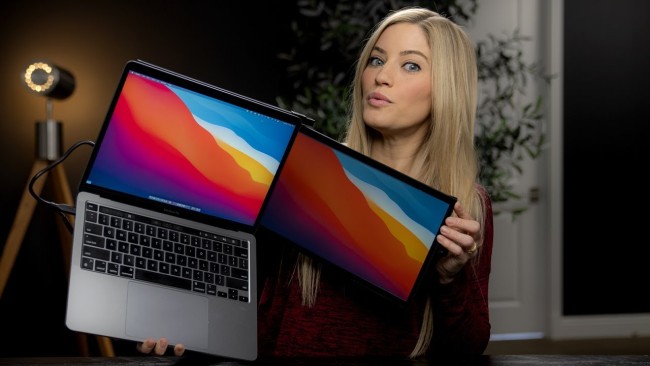
When trying to make your perfect workplace or gaming setup, it can become quite overwhelming, especially when picking the perfect monitor. When trying to make your perfect workplace or gaming setup, it can become quite overwhelming, especially when picking the perfect monitor.
But among all those options, the two most popular have always been stacked or ultrawide monitors. These screens are amazing, but most people don’t realize each serves a different purpose.
Whether you’re a gamer, a programmer, or an office worker who has to juggle multiple tasks, picking the writing setup can make all the difference in your productivity and comfort.
Suppose you want to use your workplace more efficiently. In that case, you must purchase the newest and most innovative screen technology, like Geminos stacked monitors, which offer a sleek and adjustable monitor.
Ultrawide Monitors: Smooth and Seamless
Ultrawide monitors provide a widescreen display with an aspect ratio of 21:9 and sometimes 32:9. Think of it like this–it looks like two standard monitors have been merged into one, creating a long and seamless view that is great for side-by-side tasks and immersive gaming.
Advantages of Using Ultrawide Monitors
- This screen provides users with plenty of screen space, which is beneficial for people who have to switch between tasks on two monitors continuously.
- Ultrawide screens also help provide an impressive gaming and movie experience. Your preferred entertainment medium will look amazing in a seamless ultrawide display, pulling you deeper into the action.
- These screens also help reduce your cable management since they can work as two screens without requiring extra cables or stands.
Disadvantages Of Using Ultrawide Monitors
- The biggest disadvantage of these screens is that they take up a lot of your desk space – because of their huge size, you will need to ensure that your desk or workstation has the required space.
- These screens are also not ideal for coders or any other work that requires a lot of reading or typing documents since it can feel cramped.
- It can become tedious for cramped workplaces that need just that little more space, bringing more problems than solutions.
Stacked Monitors: Vertical Space and Convenience
Stacked monitors are usually stacked one above the other, which allows users to view real estate vertically. They are usually popular among programmers, stock traders, and workplaces that require multitasking, and they can also be attached to your laptop, allowing you to access several windows at once without scrolling and switching between tabs.
Advantages of Using Stacked Monitors
- Stacked monitors allow you more vertical space, perfect for people who have to read long documents or write coding, as well as office work with data-heavy charts.
- These screens allow people to save their desk space, and if your desk isn’t wide enough, you can stack these screens vertically, which is a much smarter way to fit more screens.
- Stacked monitors also come in different shapes and sizes, allowing you to customize your workplace by mixing and matching different sizes of monitors depending on your needs.
Disadvantages Of Stacked Monitors
- One major problem with using a stacked monitor is neck strain caused by constantly looking up at the top monitor.
- Depending on your space, sometimes these screens can be tricky to set up, requiring you to purchase sturdy mounts or stands to keep them stable.
- For some professions, these screens can also become annoying, mostly because of the gap and border between screens, especially if you want a seamless experience.
To Sum It Up
There is no clear answer when it comes to comparing stacked monitors and ultrawide monitors. It all depends on your style and requirements – so whether you are a gamer, coder, video editor, or chart maker, you must decide which screen suits your needs better.
